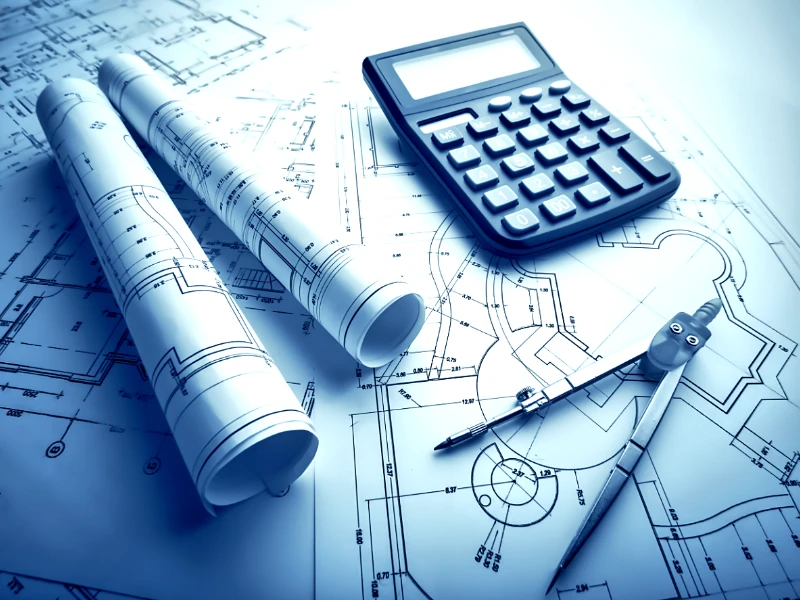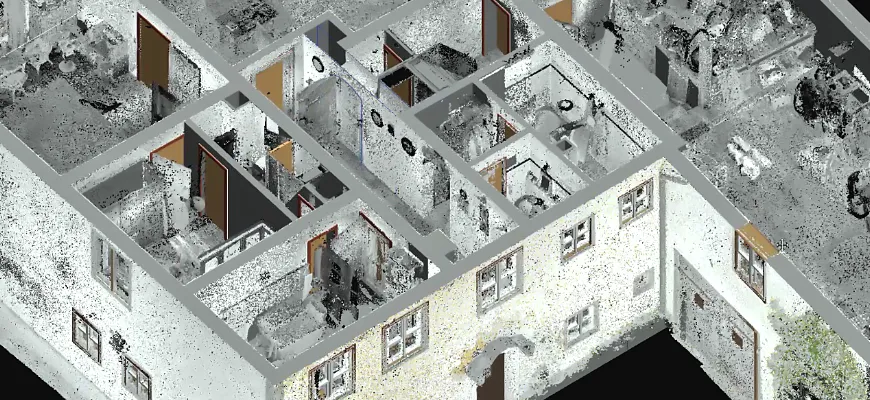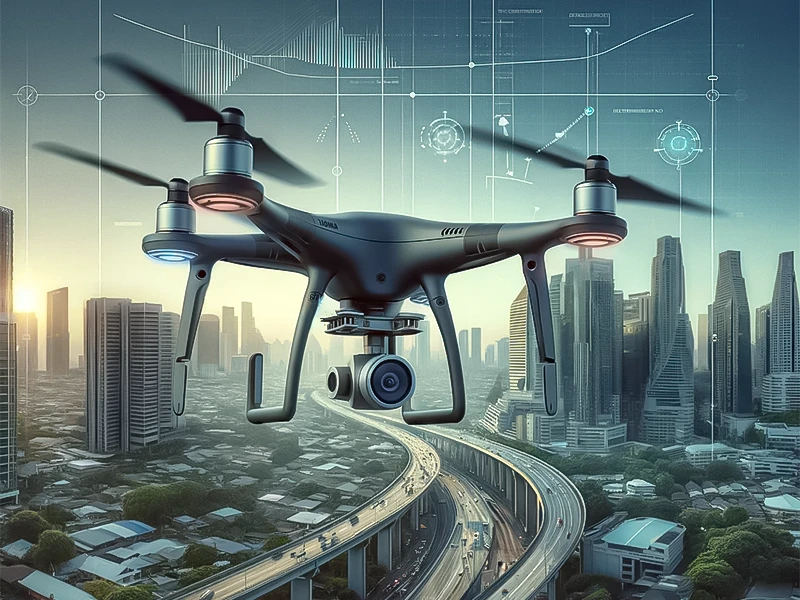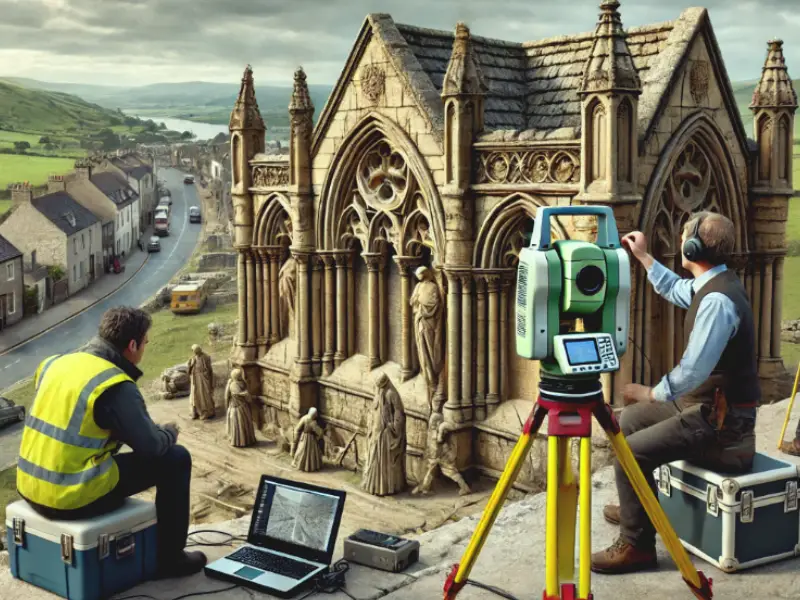
In the modern building sector, particularly in 2025, it is essential to comprehend the financial environment of scan to BIM services. The approach to engineering and architectural projects has been completely transformed by Scan Building Information Modelling, which provides a smooth transition from real-world buildings to detailed digital models.
The costs associated with this game-changing technology are complex and include several factors that have an immediate effect on the total cost. Examining Scan to BIM’s pricing structures involves examining several intricately interacting aspects, such as:
- project’s complexity
- the amount of scanning needed
- the use of software and technology
- the need for professional labor, project schedules
- the level of precision and detail that is wanted
The cost of Scan to BIM is affected not only by hardware specifications and technical developments, but also by the level of experience required for data processing, modelling, and implementation.
This blog examines the variables affecting the cost of Scan to BIM, emphasising the connection between project scope, technological investment, and the benefits of incorporating real-world areas into digital models. For stakeholders navigating the landscape of contemporary building techniques and the industry’s digital transition, it is essential to comprehend the many factors that contribute to Scan to BIM cost.
Need a Quick, Accurate Survey Quote?
What is Scan to BIM?
Scan to BIM is the process of creating a digital model that, inside a BIM framework, captures a building’s current physical and functional characteristics. Graphisoft’s ArchiCAD, Autodesk’s Revit, Vectorworks, and other BIM tools incorporate accurate 3D scans generated by specialised laser scanning equipment. Through this approach, accurate models of already-existing structures can be produced, or design features can be incorporated into actual situations.
Typical Cost Range for Scan to BIM

While the costs can vary widely, here are some general ranges for Scan to BIM:
- Small Projects: For smaller buildings or spaces, the cost can range from $5,000 to $15,000. This typically includes basic scanning and a moderate level of detail in the BIM model.
- Medium Projects: For mid-sized buildings or more detailed models, the price can range from $15,000 to $40,000. This range often includes higher levels of detail and more advanced scanning technology.
- Large Projects: For large or highly complex projects, costs can start at $40,000 and go upwards, depending on the scale and the level of detail required.
Looking for Scan to BIM Services?
Factors Affecting the Cost of Scan to BIM
Complexity of the project
The level of detail required
Type of scan used
Software and tools required
Experience and expertise of the service provider
Cost Estimation Methods
- Square Footage Pricing
- Hourly or Fixed Rates
- Customized Quotes
- Complexity-Based Pricing
- Variable Pricing Models
Want to Know Your Exact Survey Cost?
Get a tailored estimate in just a few clicks.
Use our Free Survey Quotation Tool to instantly find out how much your measured building survey will cost based on your specific property details and requirements.
No guesswork. No delays. Just fast, accurate pricing.
Conclusion
The Scan to Building Information Modeling (BIM) process is a powerful tool in modern construction and architecture, bridging the physical and digital aspects of project development. Understanding the costs involved is crucial for anyone looking to implement this technology.
The cost of Scan to BIM depends on several factors, including the complexity of the project, the level of detail required, the technology used, the experience of the labor, and the time it takes to complete the project. These factors all play a role in determining the financial investment needed.
As technology continues to evolve, so do the costs associated with Scan to BIM. Staying updated on these changes and planning ahead will help keep costs under control while making the most of the technology’s capabilities.
This guide highlights the key financial aspects of Scan to BIM. By considering these points, construction and architectural professionals can make smarter decisions, allocate resources effectively, and enhance project efficiency. Understanding these costs is essential for staying competitive and ensuring successful project outcomes.




